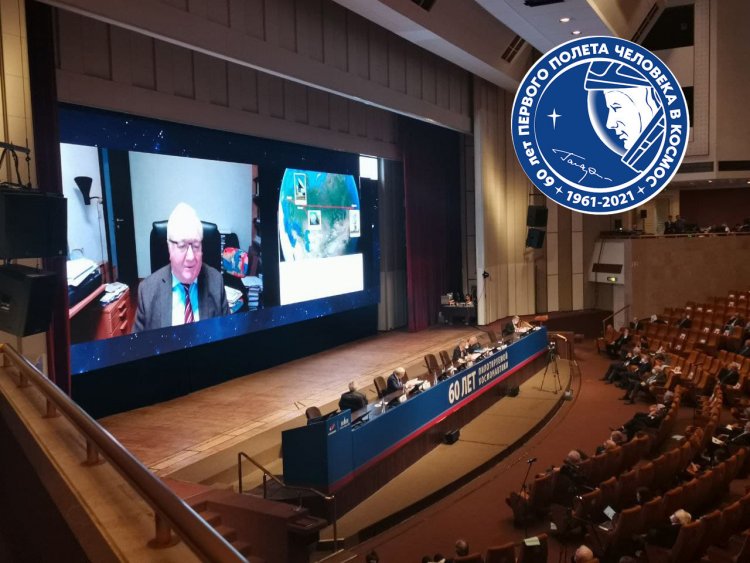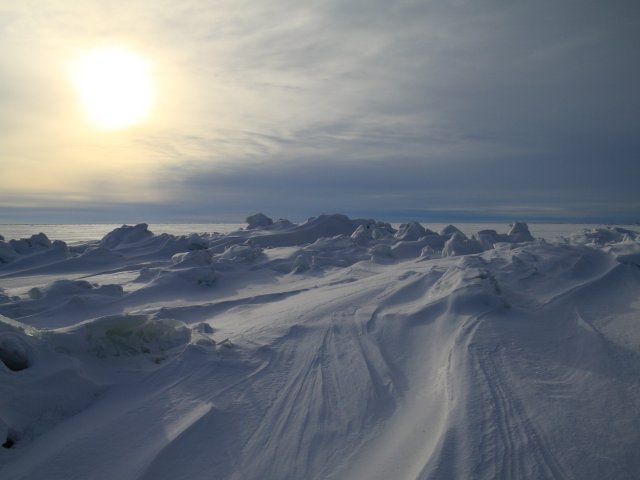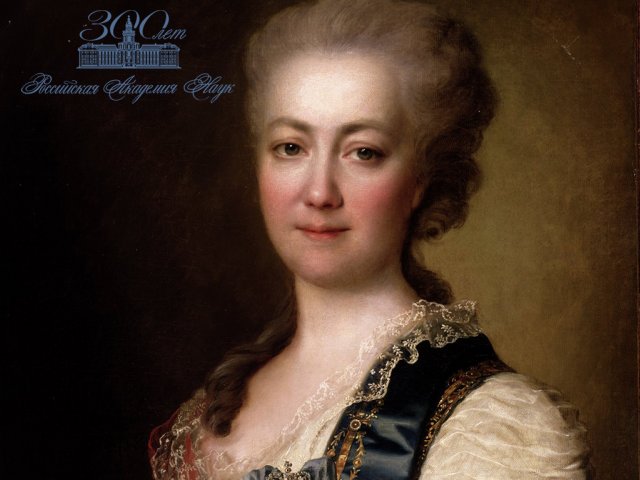Today, on April 21, the Russian Academy of Sciences has had the second day of its General Meeting. RAS Academician Rashid Syunyayev made his presentation on the Spektr Rentgen-Gamma orbital observatory with ART-XC and e-ROSITA X-ray telescopes: A Full-Sky Map in X-Ray.
Spektr-RG carries two telescopes: the ART-XC telescope (weighing 350 kg) mainly developed in Russia and e-ROSITA (weighing 808 kg), a telescope completely created in Germany. The satellite rotates around its axis, so that telescopes cover a strip of the sky about 1 degree wide every day as this scanned area is shifting daily. The ART-XC telescope is quite robust, covering 5 to 30 keV with a field of vision a little more than half a degree and a resolution of one minute. It has an excellent temporal resolution of 27 microseconds. The German telescope cannot boast of these features: its temporal resolution is a thousand times worse because the reading time of giant matrices is very long.”
Imaging requires two scattering pathways: one on a parabolic mirror, and the second one on a hyperbolic mirror. This double scattering brings X-rays into focus as X-rays themselves are not reflected by mirrors. Since 2008 Russian scientists have been responsible for processing data and publishing the results of SRG/e-ROSITA for one half of the sky, and German scientists, for the other half.
After obtaining the first semiannual overview of the full sky in 2020, not only an “ordinary” image was created, but also an interactive map. Everyone can open the website and “visit” the most famous galactic and extragalactic facilities at the screens of their computers, “moving” from one object to another. Available to visitors are clusters of galaxies (for example, the Coma Cluster), famous black holes (such as Swan X-1), remnants of supernova flashes, quasars, galaxy nuclei and young stars… “You can just move, travel on this map, see any spot. You will see many small points – these are extragalactic sources, objects most of which are actually billions of light years away from us. And we see them, we count them, we monitor their variability,” says Rashid Syunyayev.
“This map is absolutely the best in the world, it is much better than the map created by German scientists more than 30 years ago from the ROSAT satellite. Now it includes more sources by one and a half orders of magnitude.”
Rashid Syunyayev spoke about this, as well as “eRosita Bubbles,” exoplanets, pulsars, supermassive black holes and many other galactic news from Spektr-RG in his report. Learn more in our video:
Photo: Anastasia Ibragimova






















